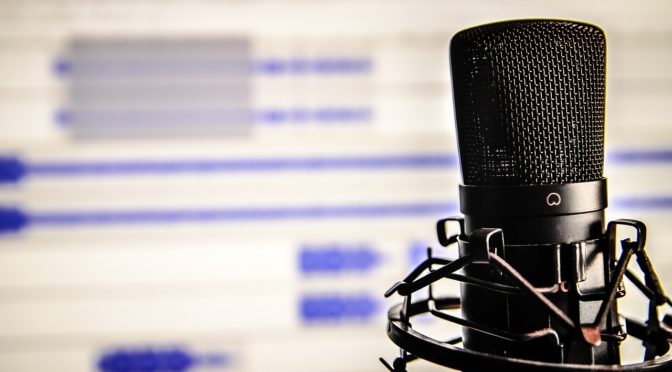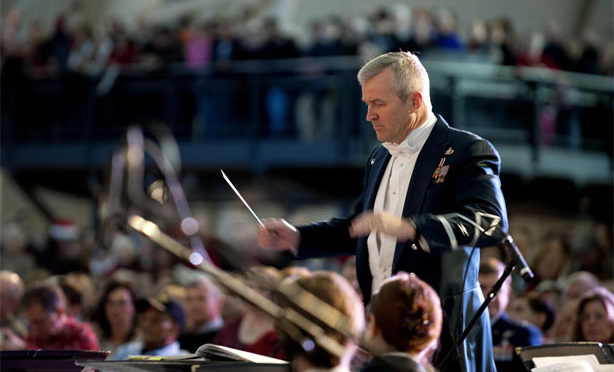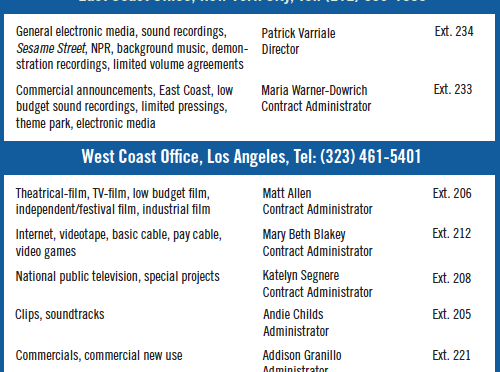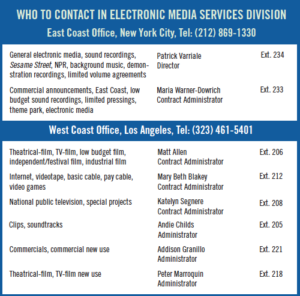
by Patrick Varriale, AFM Electronic Media Services Division Director and Assistant to the President
Welcome to this year’s issue of the International Musician focused on electronic media and the Electronic Media Services Division (EMSD)—the division of the AFM charged with serving and protecting the interests of nonsymphonic recording musicians. (The AFM Symphonic Services Division represents opera, ballet, and chamber orchestra electronic media projects.)
This issue is packed with articles and information that I am confident all readers will find interesting. Below, I write about the increasing importance of filing live performance contracts and how vital they are, especially when the performances are captured. On the opposite page is a list of questions that you can ask employers about electronic media projects in order to determine which AFM agreement(s) apply to a particular situation. The accompanying table will further help you to select the proper agreement for your work.
On page 12, Contract Administrator Mary Beth Blakey describes current streaming agreements that cover just about all types of streaming projects. Alyson Sheehan contributes an article on her experiences billing and collecting for the growing use of prerecorded material in commercial announcements.
Contract Administrator Maria Warner-Dowrich expands on the recently ratified 18-month extension of the Commercial Announcements Agreement and the wage increase applicable during that time period on page 14. She also gives an update on the local nonsymphonic Limited Pressing Agreement.
On page 15, Administrative Assistant Kim Wysocki reviews the CD jacket initiative process and how important it is to our billing and collection of new use payments.
In the Official Reports section on page 4, there is an informative article from Recording Musicians Association President Marc Sazer. My sincere thanks to Marc for his contribution and his ongoing assistance to the EMSD.
I also want to thank the EMSD staff on both coasts for their dedication to the cause. We have an updated list of the staff and their functions on page 16. I am very proud of their accomplishments and the expertise they bring to recording musicians on a daily basis.
Finally, I would also like to thank AFM In-House Counsel Jennifer Garner and Russ Naymark for their continued invaluable assistance in negotiations of our major agreements, resolving long outstanding claims, and lending their expertise to the many special agreements that this office is involved with to cover the recording work of our great musicians.
Enjoy this issue and let us know if you have any questions. We are just a phone call or email away.











